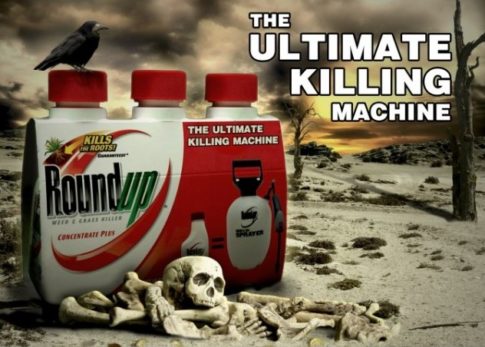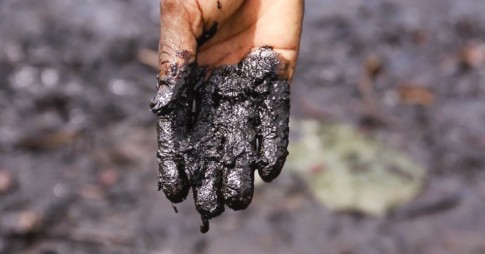Glyphosate is chelating the minerals in our soil, thereby destroying our top soil and quality of our food.
Glyposate causes a huge reduction of potassium and magnesium in our food, which is partly responsible for skyrocketing numbers of heart disease.
*****

– A Short History of Glyphosate:
The Detox Project and Sustainable Pulse has created and published Wednesday the first ‘Short History of Glyphosate’, which identifies some important dates during the scandalous history of the World’s most used herbicide.
1961: Glyphosate was patented in the U.S. as a Descaling and Chelating Agent by the Stauffer Chemical Co.
Due to its strong metal chelating properties, glyphosate was initially used as a descaling agent to clean out calcium and other mineral deposits in pipes and boilers of residential and commercial hot water systems.
Descaling agents are effective metal binders, which grab on to Calcium, Magnesium and heavy metals to make the metal water soluble and easily removable.
1970: Glyphosate was discovered to be a herbicide (weedkiller) by Monsanto scientist John Franz and was patented as such.
1974: Monsanto brought glyphosate to market in 1974 under the trade name Roundup.
1982: Monsanto was already working on creating Roundup Ready genetically modified crops. So was Luca Comai, a scientist from Calgene (a biotech company that Monsanto would later acquire).
1985: The United States Environmental Protection Agency (EPA) classified glyphosate as a Class C Carcinogen.
On February 11, 1985 the carcinogenic potential of glyphosate was first considered by an EPA panel, called the Toxicology Branch Ad Hoc Committee. The Committee, in a consensus review dated March 4, 1985, then classified glyphosate as a Class C Carcinogen. A Class C Carcinogen has ”Suggestive evidence of carcinogenic potential” according to the EPA.
1985: Monsanto tried to persuade the U.S. EPA that glyphosate was not a possible human carcinogen
Read moreA Short History of Glyphosate (Roundup)















